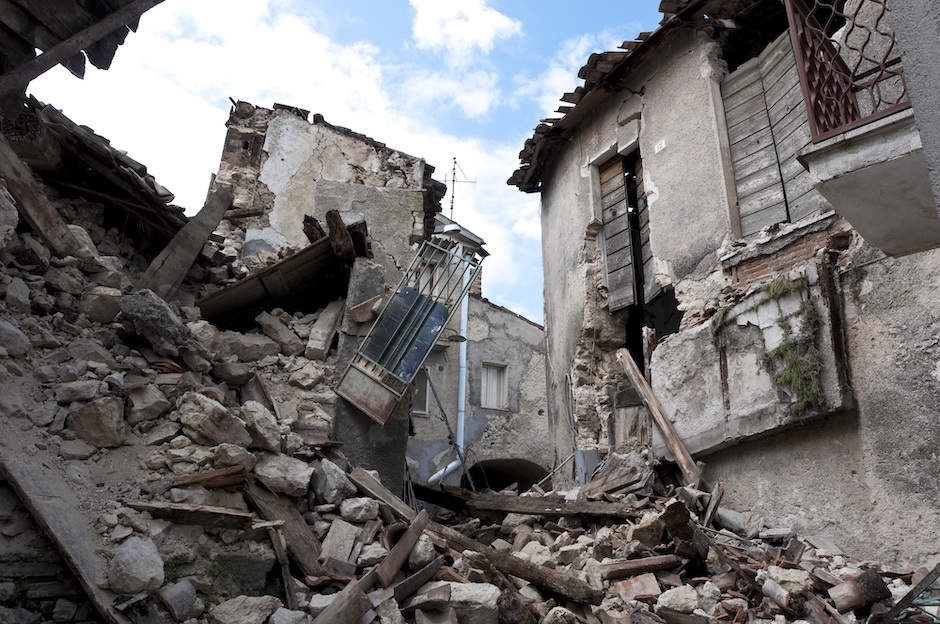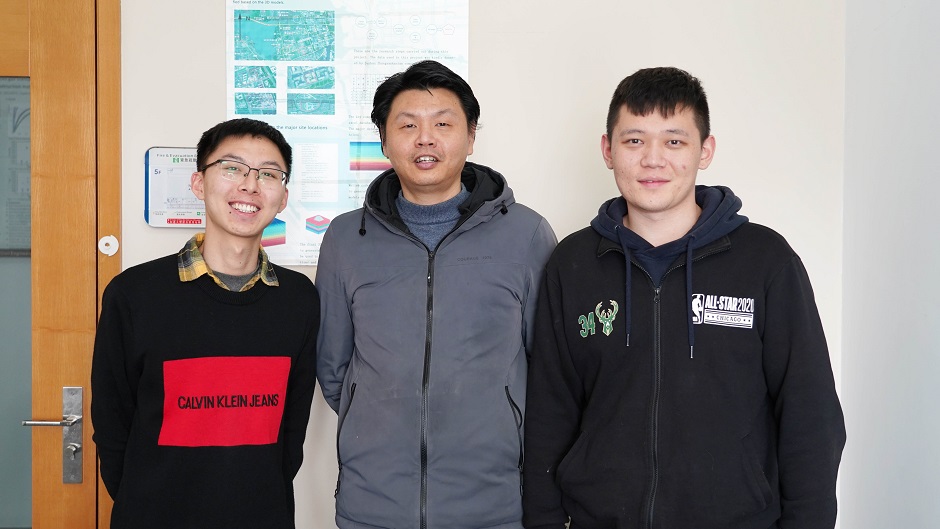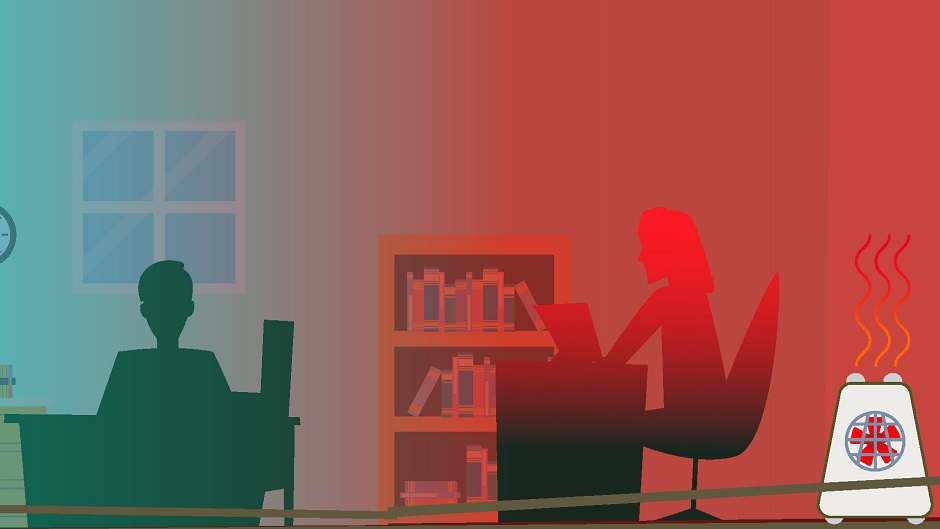22 Feb 2022
When faced with natural disasters like earthquakes and tsunamis, a community’s resilience – the ability to prepare for, cope with, and recover from shocks and stress – is vital. However, the increasing unsustainable urbanisation in underdeveloped – and some developing – countries has led to some communities being more vulnerable to disasters.
Drawing on data from a large-scale survey conducted after the 2015 Nepal earthquake – the worst disaster in Nepal since 1934 – researchers from multiple universities, including Xi’an Jiaotong-Liverpool University, explored the urban-rural disparity in community resilience. Their findings were recently published in the journal Sustainable Cities and Society.
This is the first study to explore whether and how the community context can influence community resilience in an underdeveloped country and provides valuable guidance on enhancing the resilience of different communities.

Better performance in rural areas
The research found that rural residents generally perform better than urban residents in terms of community resilience.
“The rural respondents were more satisfied with their communities in terms of problem-solving, leadership, information and communication, civic engagement, and fairness. The urban residents, however, reported comparatively higher scores only in community preparedness,” says Dr Jinglu Song from the Department of Urban Planning and Design at XJTLU.

Dr Jinglu Song
“The findings support the argument that rural residents are often physically distant but socially interdependent, and thus more satisfied with the post-disaster performance of their communities.
“The higher scores of rural communities in information and communication could also be attributed to closer social ties and networks,” she says.
Resilience disturbed by urbanisation
In underdeveloped and some developing countries, the accelerating rates of unsustainable urbanisation have worsened disaster-related vulnerabilities.
Unsustainable urbanisation, described as “driven not by economic opportunity but by high birth rates and a mass influx of rural people seeking to escape hunger, poverty, and insecurity” by the Food and Agriculture Organization of the United Nations in 2020, has been proven to diminish factors like problem-solving, information and communication, and civic engagement within a community.
“This is because the accelerating urbanisation process can lead to urban communities having a wider range of socio-economic profiles, and, in a country like Nepal, this is further complicated by factors like caste and ethnicity.
“While increased ethnic and socio-economic diversity is not a bad thing, if local government is unprepared for the range of needs of the new residents, they are less well equipped to provide adequate services,” Dr Song says.
Nevertheless, urbanisation does reinforce the preparedness of communities because the higher severity of an earthquake’s effects in urban areas – due to the increased density of people, buildings and infrastructure – may lead to more attention to preparing for threats than rural communities.
“This is also associated with the higher learning capability of urban communities,” says Dr Song.
Tailored strategies for different communities
This study justifies that a one-size-fits-most strategy cannot effectively enhance resilience given the various factors influencing community resilience and calls for a public-centric and context-specific approach for different communities.
“We recommend decision-makers in urban communities to focus on optimising the existing resilience enhancement strategies, improving public trust in local government and enhancing social equity.
“At the same time, professionals in rural communities should take extra efforts in other aspects, such as providing basic services, facilitating communication channels, and securing support from civic institutions,” Dr Song says.
The research team consists of Dr Jinglu Song from XJTLU, Dr Rishikesh Pandey from the University of Adelaide, Professor Guanpeng Dong from Henan University, Dr Ayyoob Sharifi from Hiroshima University, and Professor Bhim Prasad Subedi from the University of Hawaii.
The paper, ‘Urban-rural disparity in community resilience: a multilevel analysis of the relief progress after the 2015 Nepal Earthquake’, is available online here.
Researcher bio:
Dr Jinglu Song is currently an assistant professor in the Department of Urban Planning and Design at XJTLU. Her fields of expertise include geographic information systems, urban planning, and sustainability science. Most recently, she has focused on urban resilience to natural disasters and climate change.
By Yi Qian
Edited by Patricia Pieterse
22 Feb 2022
RELATED NEWS

COVID's environmental impact: positives and negatives
Since the beginning of the COVID-19 pandemic, people worldwide have felt the effects of its rapid spread – citywide lockdowns, travel restrictions and strict...
Learn more

Can AI predict thermal comfort from the layout of a room?
We spend more than 90% of our time indoors, so it’s essential that buildings are designed to maximise our comfort, particularly when it comes to maintaining ...
Learn more







